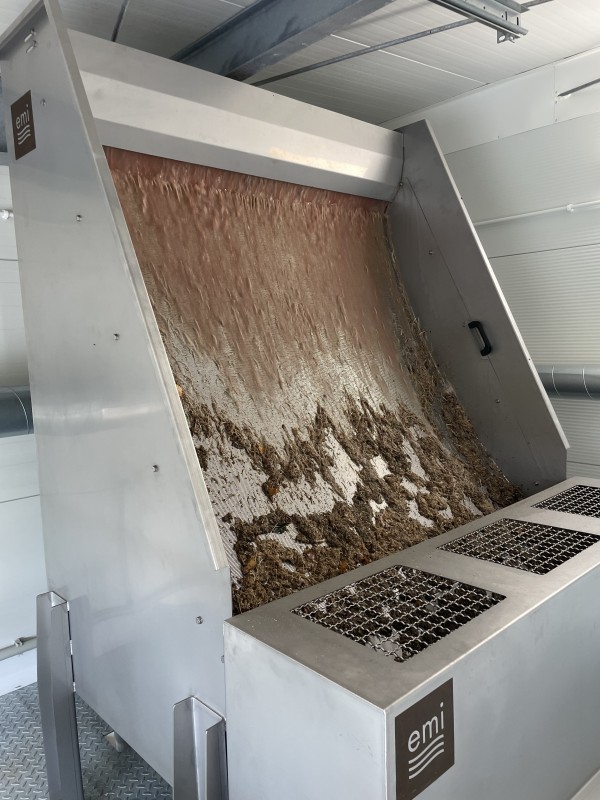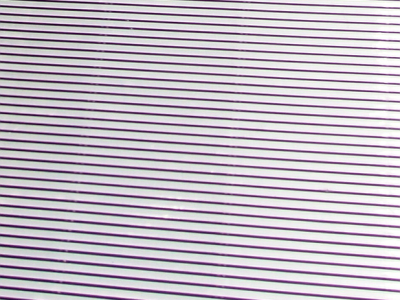

A basic device for removing solids from wastewater, where raw feed is directed onto a curved plane with slots through which water enters and solids slide down. The design with no moving parts operates by gravity and is widely used in food processing.
A basic device for removing solids from a wastewater stream. Raw wastewater is directed onto a curved plane with slots through which water enters. Solids collected on the screen surface slide down.
The design contains no moving parts, the flow of wastewater is purely gravity. Screens of this type are widely used in the food processing industry.
Compared to the perforated plane, the slotted insert is much more resistant to clogging and easier to maintain cleanliness and constant performance. Depending on the application, the slots can be from 0.25 to 2.0 mm., the width of the available inserts varies from 1000 to 2000 mm
When we were designing the screen, we paid special attention to eliminating places where dirt and debris could collect. In everyday use and during cleaning, these details make the operation easy and problem-free
Recommended especially for the poultry industry, but also proven in other fields of operation, the automatic flushing system helps maintain cleanliness and throughput with minimal staff involvement. Periodic cleaning is carried out without the involvement of staff. The sieve is completely enclosed, which has a positive effect on the environment (no splashing, limited humidity).
The system consists of an arm with nozzles. During operation, the arm moves over the sieve surface, and the water from the nozzles rinses the slots, throwing out any dirt.
The operator can freely set a number of washing parameters.
Mechanical separation, i.e. separating solid elements from the wastewater stream

Most industrial wastewater streams contain solids that must be removed before wastewater reaches the treatment plant equipment. Removal of solids is necessary to protect pumps, mixers, sensors and other system components from blocking or even damage. In EMI installations, we use two stages of mechanical pre-treatment: coarse and fine. Coarse pre-treatment removes the largest elements, with a cross-section above 20 mm, and is carried out at the inlet to the first pumping station, before wastewater comes into contact with any pump. Coarse separation devices include vertical screens, basket screens and step/hook screens. The purpose of fine mechanical pre-treatment is to further remove solids, with their cross-section dropping below 3 mm, most often to 1 mm, although in some cases it is appropriate to use even smaller cross-sections (up to 0.25 mm). At this stage, rundown and rotary screens are used. The latter type of screen is used in a system with external or internal inflow. Mechanical pre-treatment involves very low costs, mainly resulting from the consumption of water rinsing the screens. No reagents are used, and energy consumption is minimal. Mechanically pre-treated wastewater is suitable for further treatment by physico-chemical and biological means.